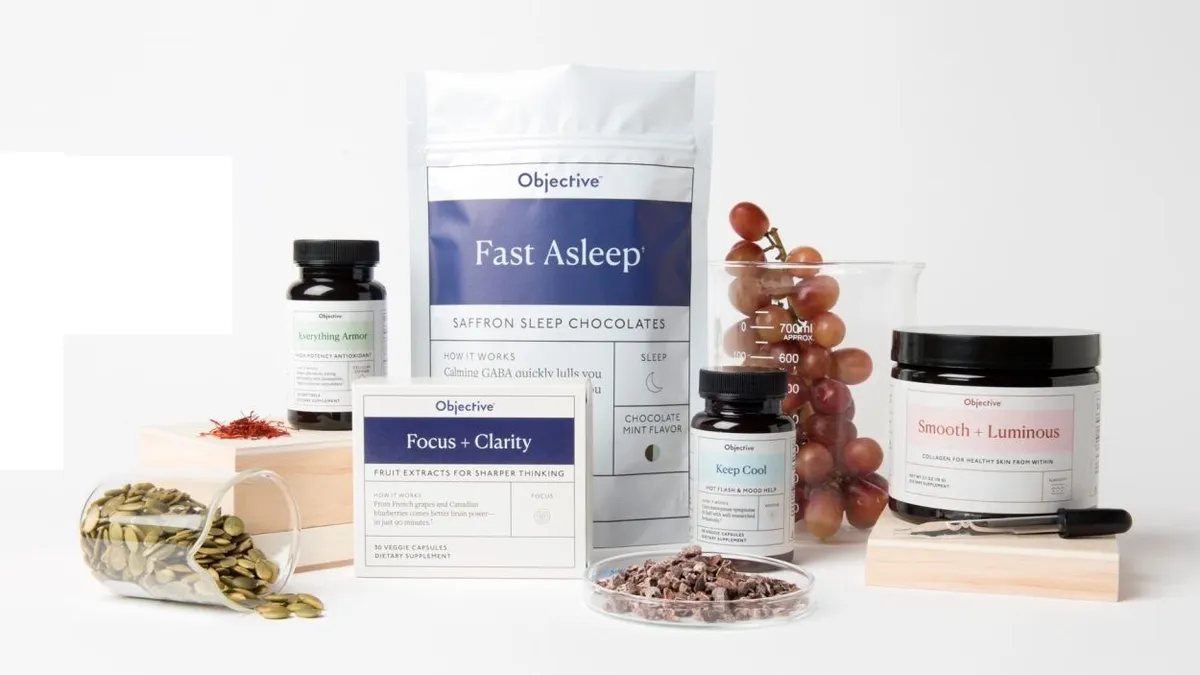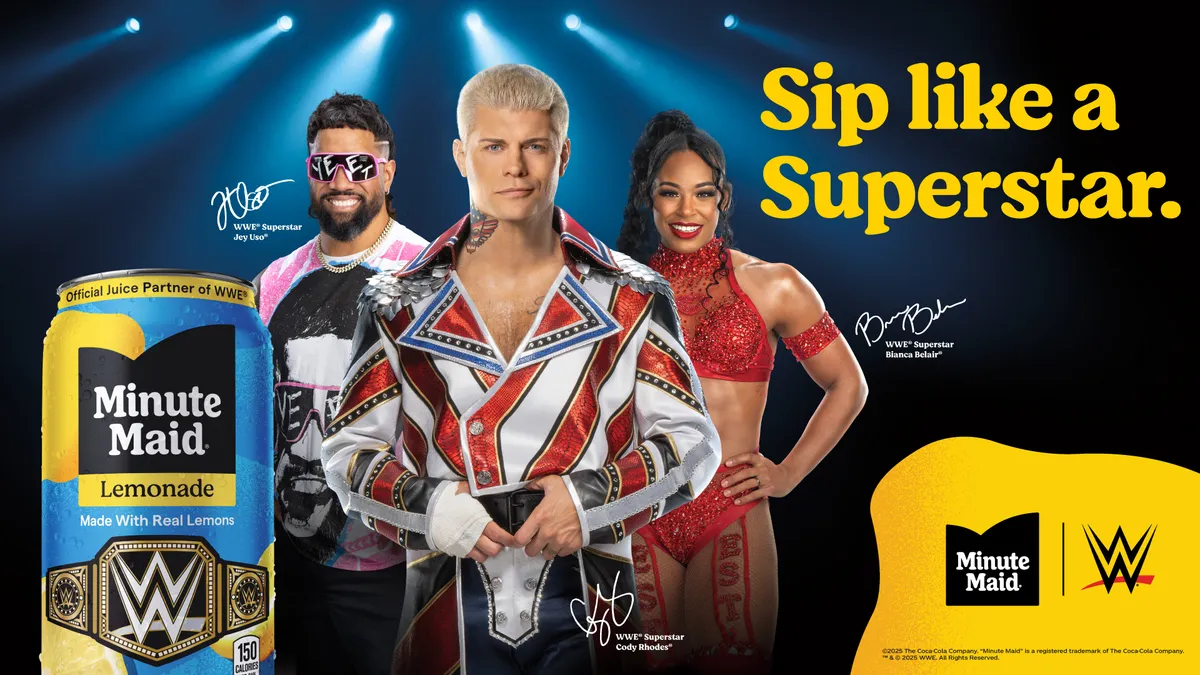Consumer packaged goods (CPG) giants have been developing direct-to-consumer (DTC) capabilities because of the high-growth potential and the way that first-party data allows for deeper consumer relationships. But major marketers have made this move in different ways: Unilever has completed large acquisitions, like of Dollar Shave Club, while Procter & Gamble launched an incubator with P&G Venture Studios in addition to acquisitions of companies like Billie and Bevel.
The Clorox Company is making in-roads into DTC marketing thanks to its 2018 acquisition of Nutranext, a wellness company that consists of six consumer-facing brands. To help expand DTC capabilities under Nutranext, the company brought in executives with DTC experience, like the former CMO of Boxed. However, the marriage between DTC's more performance-driven approach and a CPG giant's reliance on splashy brand-building comes with both challenges and benefits.
"[At Clorox] there's tons of brand management expertise, but there wasn't a growth marketing function [that was] thinking about how do you also do performance marketing," Nutranext's VP of Growth Vivian Chang said during a panel session organized by the Mobile Marketing Association (MMA). The session was part of the trade group's Impact conference, which was held virtually for the first time in May.
"We really are not just in our focus area of pure play e-commerce and selling direct to consumer, but also changing what is the actual organizational structure of how we go about doing that," she said.
Learning mode
The ramping up of Clorox's DTC capabilities reached new heights with the launch of the Objective Wellness brand in October 2019 — the first brand launch within Clorox "in a long time," according to Chang. It required a soup-to-nuts approach — identifying the brand, building the backend and custom front-ends, setting up tracking and launching campaigns — in just four months, as compared to much longer lead times for typical CPG brand launches and extensions. The result is a digitally native, mobile-first brand that's forcing the company's marketers to consider what they do through a different lens.
"What is the actual merchandise assortment that we might have? Can we tell interesting stories about it? Do we think that it could be visually compelling enough to stop the scroll for someone on Instagram? Would influencers be interested in talking about it?" Chang said of the company's concerns.
One realization was that a big focus on data would be necessary because Objective Wellness sells supplements, which requires a level of education and conversation with consumers.
"Our main ethos going into it was that data is going to be foundational," Chang explained. "Building that relationship with consumers is going be critical to how do we go to market... porting data back and forth from our marketing vendors into our internal data warehouse system so that we can ultimately ... have this ongoing dialogue and conversation that's two-way with consumers."
Those conversations are likely to proliferate as the shift to e-commerce is set to continue even as the pandemic subsides. With that in mind, Chang outlined the guiding principles that Clorox, Nutranext and Objective have learned about running a DTC brand from within a CPG giant — and how those lessons can help Clorox as a whole.
'Perfect is the enemy of good'
In launching Objective, Chang and the Nutranext team focused on getting a minimum viable product (MVP) to market, as to not waste time and resources releasing a product that consumers might not resonate with.
"Our approach on the direct-to-consumer side is to get something live as fast as possible, be agile to consumer feedback and let data guide that decision of what are the next iterations and tweaks that we need to make," she said.
That is a "fundamental shift" in the mentality of a CPG like Clorox, which must deal with retailers and wait for data before making changes. Digitally native brands, on the other hand, are typically better able to change things on the fly, such as the product portfolio, pricing or discounts.
'No sacred cows'
Chang explained that getting an MVP to market and avoiding bias was crucial for Objective so the brand wouldn't get caught up in doing things the way they always have at Clorox, especially because selling supplements requires heightened consumer trust.
"What we're doing across our media side [is] evaluating with a longer lead time, understanding that there is this journey for consumers, and ultimately, trying to go to market with multiple touchpoints, not just with bottom-of-the-funnel media and not just with above-the-line media either," she said.
Likewise, Objective looked to break down silos in its marketing capabilities and prevent a separated brand team and performance team: There's one team managing budgets, media strategy and measurement. It has also run pilot programs that allow its in-house teams to manage strategy while using external agencies as an extension of the team. Partners are in their Slack channels and are using the same dashboards, rather that putting together planning decks, allowing the brand to react to the data in real time and focus on their marketing expertise.
"As marketers, the value we bring is thinking about the consumer experience. I never want marketing precision and accuracy of measurement to block trying new things or doing what's right in terms of the consumer, even if it makes the attribution or the measurement a little bit more difficult," Chang said.
Leaning on Clorox
While Objective has DTC in its DNA, it possesses the resources of a CPG giant. That has let the Nutranext brands make long-term infrastructure investments on tech and choose the right mar-tech partners. Ideally, this will make the lessons of Objective scalable and eliminate the need to retool things later. Plus, Clorox's capabilities with R&D and innovation — like its sustainability pledge — also trickle down to the Nutranext brands.
Leaning on this relationship could help Nutranext, especially during the uncertainty of the pandemic and post-pandemic eras.
"Using a truly minimum viable product for learning, being able to really embrace failure, breaking down internal silos so that budgets and teams are working together to really keep the consumer need front and center... these are really keys, I believe, for this period," she said.























